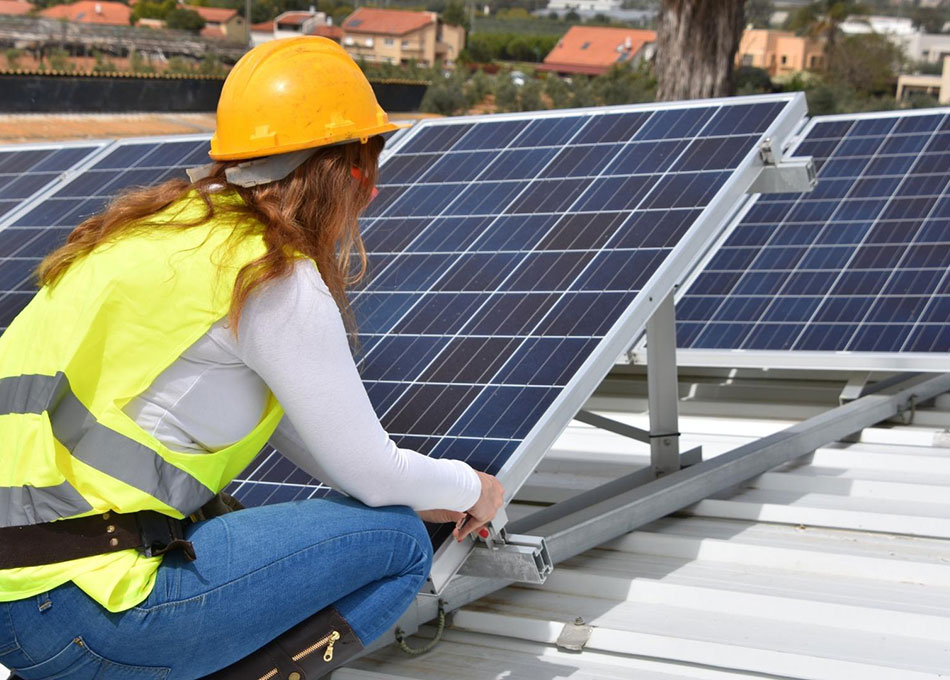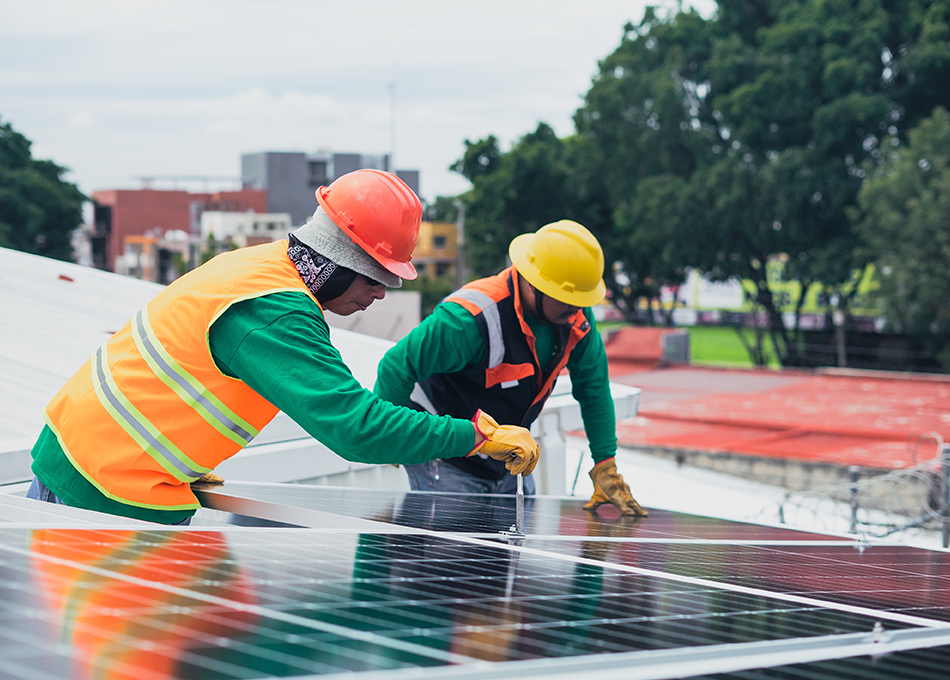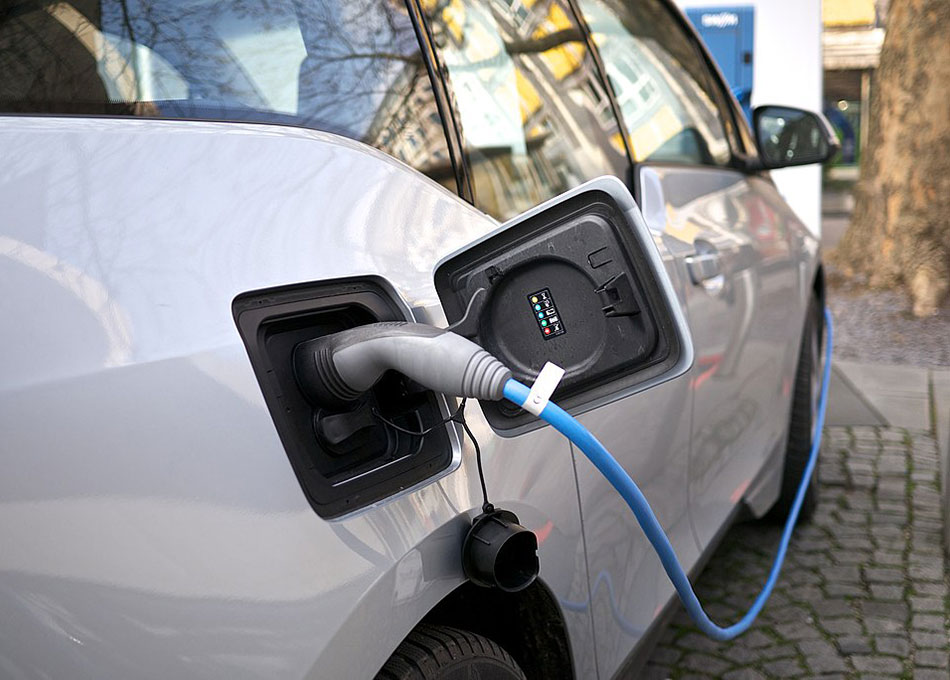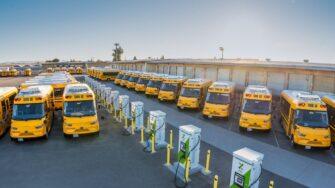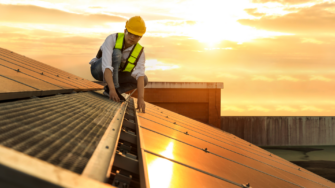Community Energy Resilience
Powering California with clean, affordable, and reliable energy
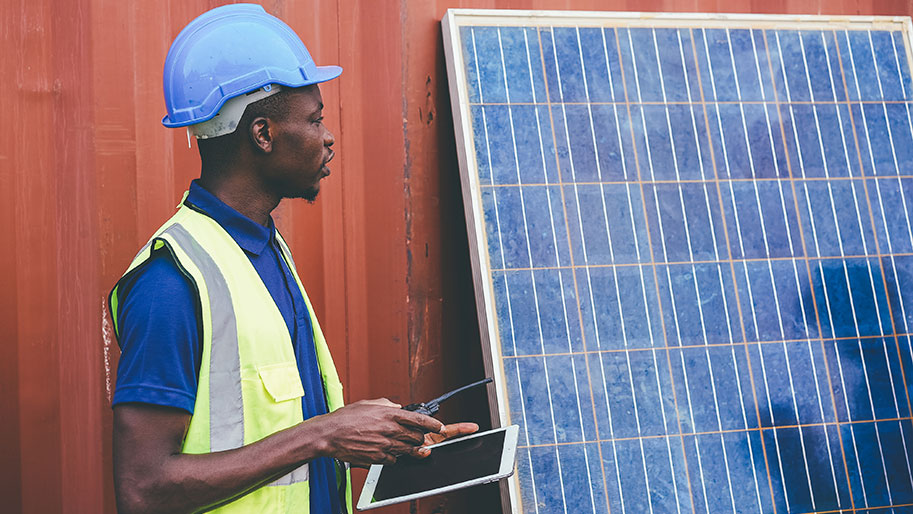
California’s century-old power grid is failing. As the climate crisis intensifies heatwaves, drought, and wildfires, our electricity system must evolve to be able to keep the lights on and keep communities safe.
The solution is clean, distributed, and resilient energy. By decentralizing power sources, solutions like microgrids, rooftop solar with battery storage, and virtual power plants (VPPs) can make electricity more reliable and affordable while reducing pollution. VPPs are networks of clean, distributed energy resources like smart thermostats, home batteries, smart plugs, electric water heaters, and electric vehicles. When aggregated, these resources can deliver energy during peak demand hours, creating savings for the VPP participants and all electricity customers by avoiding reliance on the strained electrical grid.
The Climate Center’s Community Energy Resilience initiative is working to accelerate the development of a new electricity system for California that is clean, affordable, reliable, equitable, and safe. We envision a more decentralized power system consisting of thousands of microgrids, built from the bottom up based upon local priorities, prioritizing critical facilities that serve frontline communities that suffer the most from air pollution and power outages.
Together with our partners, we’re making progress toward this vision every day.
Our legislative efforts led to the passage of SB 59 — introduced by Senator Nancy Skinner and sponsored by The Climate Center, Union of Concerned Scientists, and NUVVE — which aimed to unlock the potential for California’s millions of electric vehicles to shore up the electric grid, power homes during outages, and lower energy bills for Californians. The bill authorized the California Energy Commission (CEC) to require that electric vehicles (EVs) sold in California have bidirectional capability. That capability allows EV batteries to send power back to homes, businesses, and the grid when needed. Learn more about what we’re doing to advance a clean, resilient energy future for all Californians at the links below.
